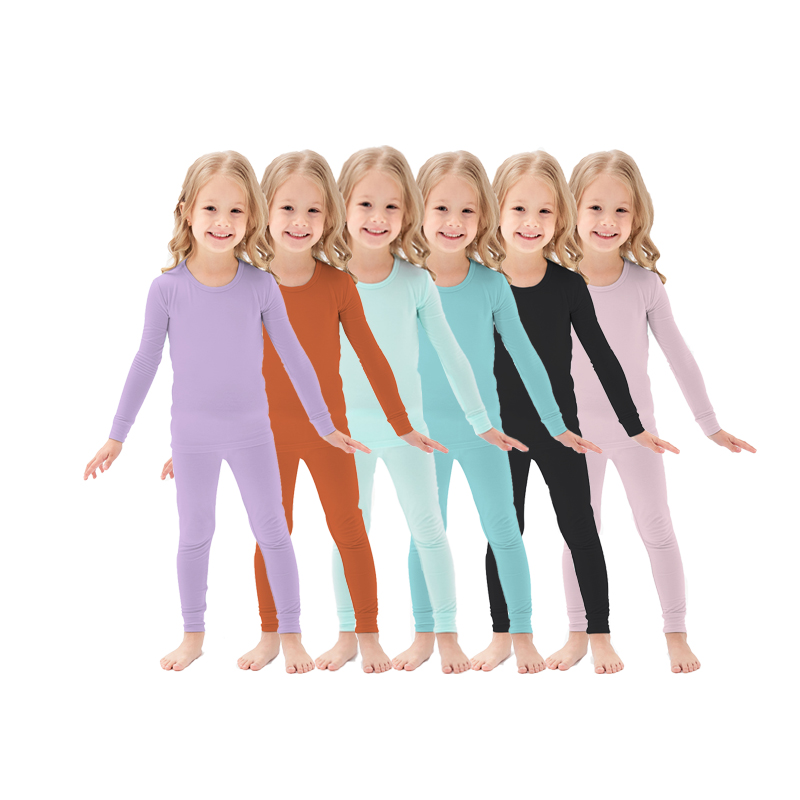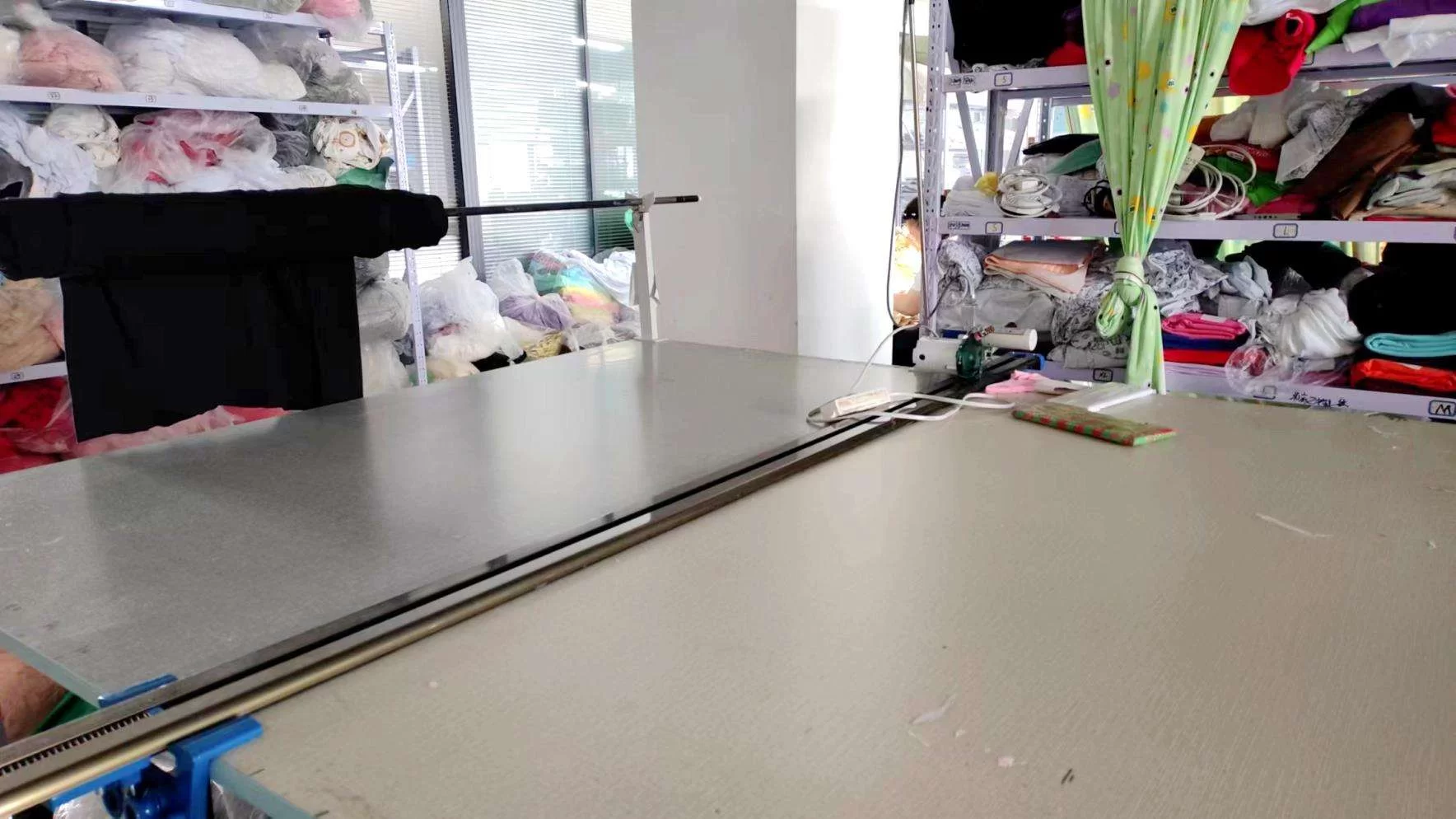-
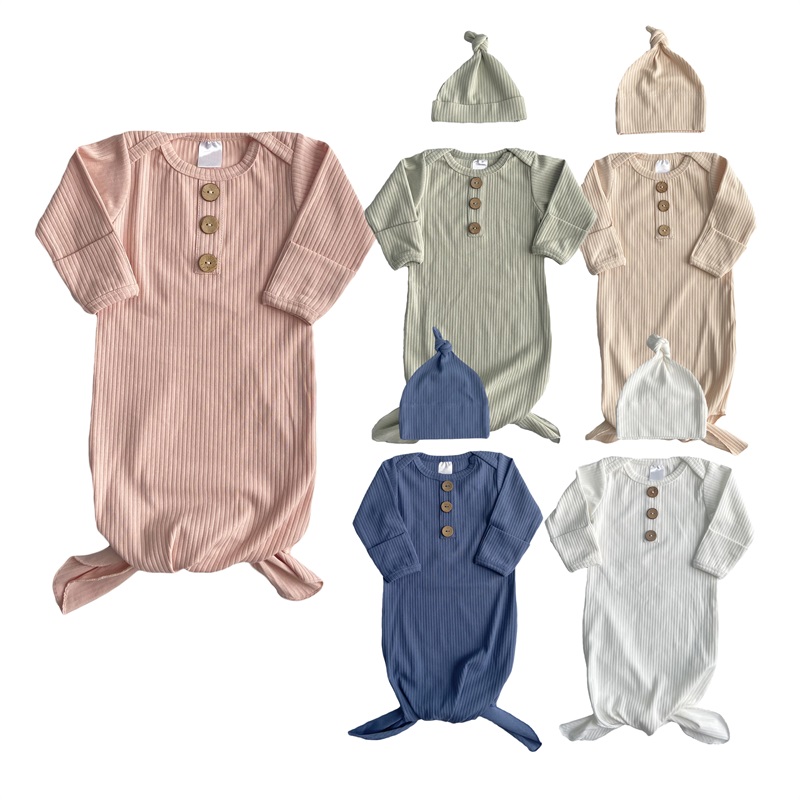
Newborn Ribbed Baby Sleeping Bag Blankets Wrap Sleep Sack for Baby
learn more

-

Customizable Bamboo Fiber Sleeveless Baby Sleep Sack
learn more

-
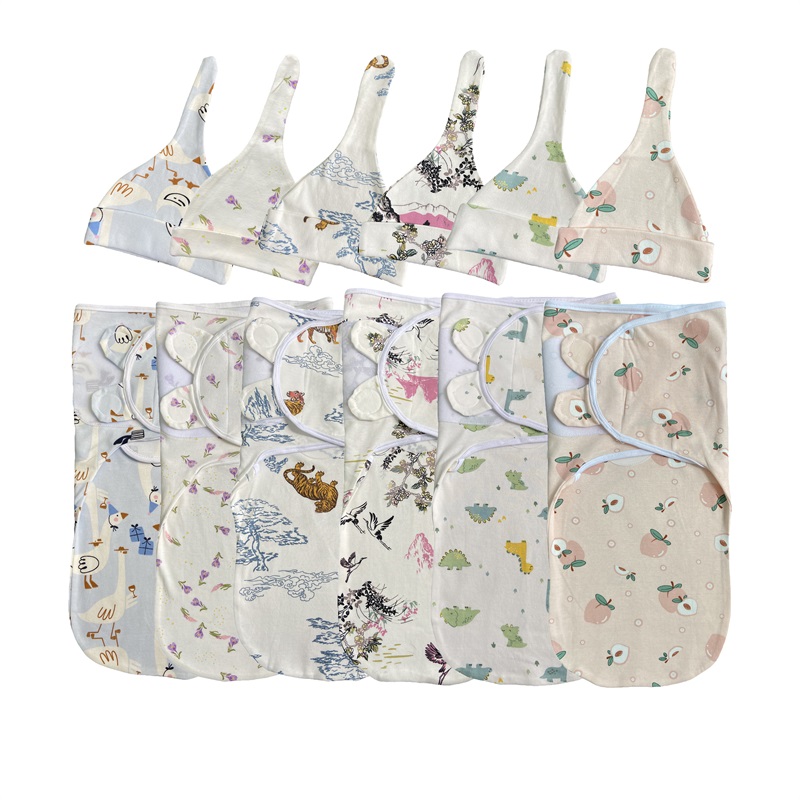
190g Combed Cotton Thermal Fabric Baby Sleep Sack & Hat Set
learn more

-
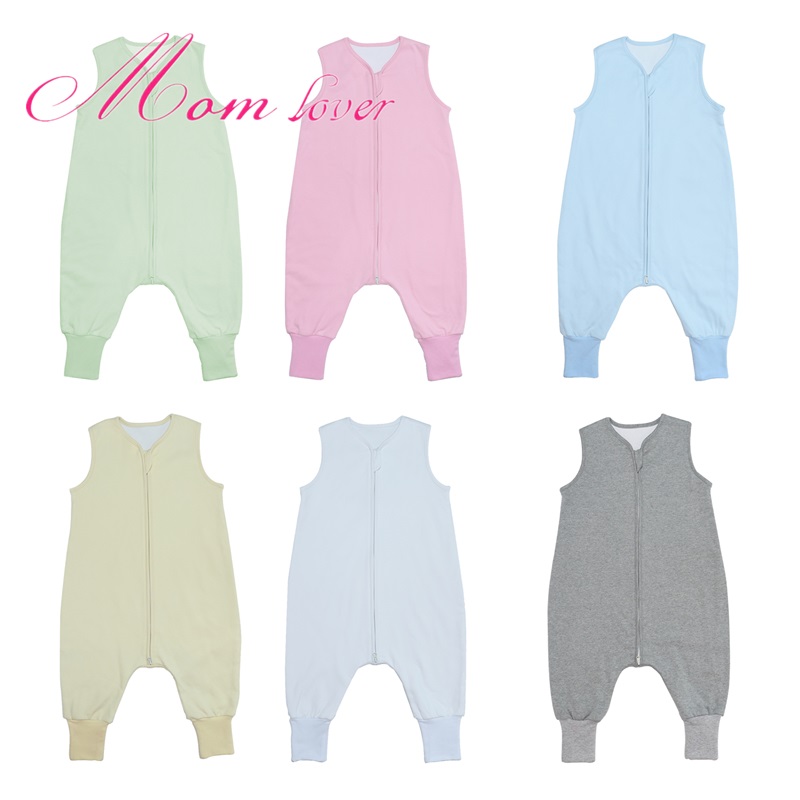
100% Combed Cotton Double Layer Sleeveless Baby Sleep Sack
learn more

-
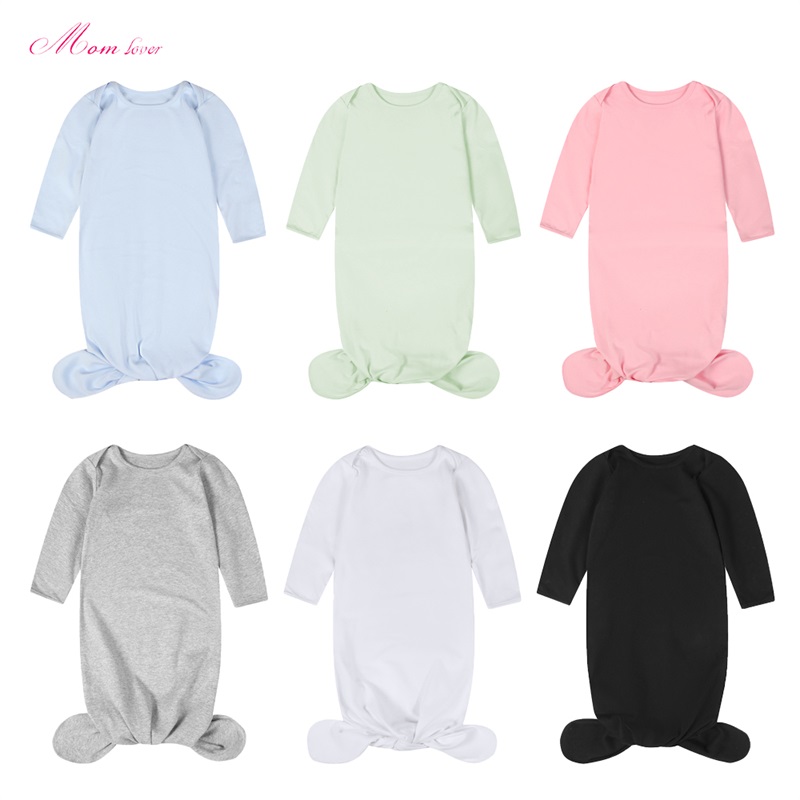
100% Combed Cotton Baby Sleep Bag
learn more


- norwegian
- irish
- italian
- japanese
- korean
- kyrgyz
- lao
- latin
- latvian
- lithuanian
- luxembourgish
- malay
- nepali
- indonesian
- persian
- polish
- portuguese
- romanian
- russian
- slovak
- slovene
- spanish
- swedish
- tajik
- vietnamese
- dutch
- albanian
- arabic
- azerbaijani
- belarusian
- bengali
- bosnian
- bulgarian
- burmese
- croatian
- czech
- danish
- deutsch
- afrikaans
- english
- estonian
- filipino
- finnish
- french
- galician
- georgian
- greek
- hawaiian
- hindi
- hungarian
Baby Sleeping Bag
Our baby sleeping bags are thoughtfully designed to provide a safe, comfortable, and cozy sleeping environment for your little one. Made from soft, breathable, and hypoallergenic fabrics, they gently protect delicate baby skin while regulating temperature throughout the night. Unlike traditional blankets, baby sleeping bags reduce the risk of loose bedding, helping to prevent accidental suffocation and ensuring your baby sleeps safely. The ergonomic design allows freedom of movement for the baby’s legs and arms while keeping them snug and secure. Our sleeping bags come in various thicknesses and materials suitable for different seasons, from lightweight cotton blends for warmer months to insulated fabrics for cooler nights.
Easy-to-use features such as smooth zippers or snap closures make diaper changes quick and hassle-free without disturbing your baby’s sleep. The durable materials maintain softness and shape even after multiple washes, providing long-lasting comfort. Stylish patterns and gentle colors add a charming touch to your nursery essentials. Whether at home or traveling, our baby sleeping bags offer parents peace of mind knowing their baby is safe, warm, and comfortable all night long. Choosing our sleeping bags means investing in quality, safety, and convenience for your baby’s restful sleep.
What Materials Are Used For Baby Sleeping Bags?
When selecting materials for baby sleeping bags, safety, comfort, and breathability are the top priorities. The most commonly used fabric for baby sleeping bags is 100% cotton due to its softness, natural breathability, and hypoallergenic properties. Cotton allows air to circulate freely, helping to regulate the baby’s body temperature and reduce the risk of overheating during sleep. It is gentle on delicate baby skin, minimizing irritation and allergic reactions. Many baby sleeping bags feature organic cotton, which is grown without harmful chemicals or pesticides, making it an even safer choice for sensitive newborns.
Besides cotton, bamboo fabric is increasingly popular for baby sleeping bags because of its silky texture, natural antibacterial qualities, and excellent moisture-wicking abilities. Bamboo helps keep babies dry and comfortable throughout the night, making it ideal for warmer climates or babies who tend to sweat. This fabric is also eco-friendly, appealing to environmentally conscious parents.
For colder seasons, baby sleeping bags may incorporate materials such as fleece or polyester blends. Fleece is a soft, insulating fabric that provides warmth without being too heavy or restrictive. Polyester blends can add durability and wrinkle resistance, ensuring the sleeping bag maintains its shape and softness after multiple washes. Some sleeping bags use a combination of these fabrics in layers to balance warmth and breathability.
Many baby sleeping bags also include a lightweight filling made from polyester or cotton batting to add insulation while keeping the overall product lightweight. The lining is usually made of soft cotton or cotton blends to maintain a comfortable interior surface against the baby’s skin.
Overall, the choice of materials in baby sleeping bags is carefully considered to create a safe, comfortable, and temperature-regulating environment that supports restful and secure sleep for babies throughout all seasons.
faq
FAQ About Baby Sleeping Bags
-
What Materials Are Used For Baby Sleeping Bags?
 Baby sleeping bags are typically made from soft, breathable fabrics like cotton, organic cotton, bamboo, fleece, and polyester blends to ensure comfort and safety.
Baby sleeping bags are typically made from soft, breathable fabrics like cotton, organic cotton, bamboo, fleece, and polyester blends to ensure comfort and safety. -
How Do Baby Sleeping Bags Improve Sleep Safety?
 They reduce the risk of loose bedding around the baby’s face, helping prevent suffocation and creating a secure sleeping environment.
They reduce the risk of loose bedding around the baby’s face, helping prevent suffocation and creating a secure sleeping environment. -
How Do I Choose The Right Size Baby Sleeping Bag?
 Select a size that fits your baby’s height and allows freedom of movement without being too loose or restrictive.
Select a size that fits your baby’s height and allows freedom of movement without being too loose or restrictive. -
Are Baby Sleeping Bags Suitable For All Seasons?
 Yes, there are different thicknesses and materials available for warm and cold weather to keep babies comfortable year-round.
Yes, there are different thicknesses and materials available for warm and cold weather to keep babies comfortable year-round. -
Can Baby Sleeping Bags Be Machine Washed?
 Most baby sleeping bags are machine washable, but always check the care instructions to maintain fabric quality and safety.
Most baby sleeping bags are machine washable, but always check the care instructions to maintain fabric quality and safety.
What Do You Want To Consult With Us About?
submit
Latest Articles Updated Daily
Insight, Industry Trends, TopNews Headlines
If you are interested in our products, you can choose to leave your information here, and we will be in touch with you shortly.



